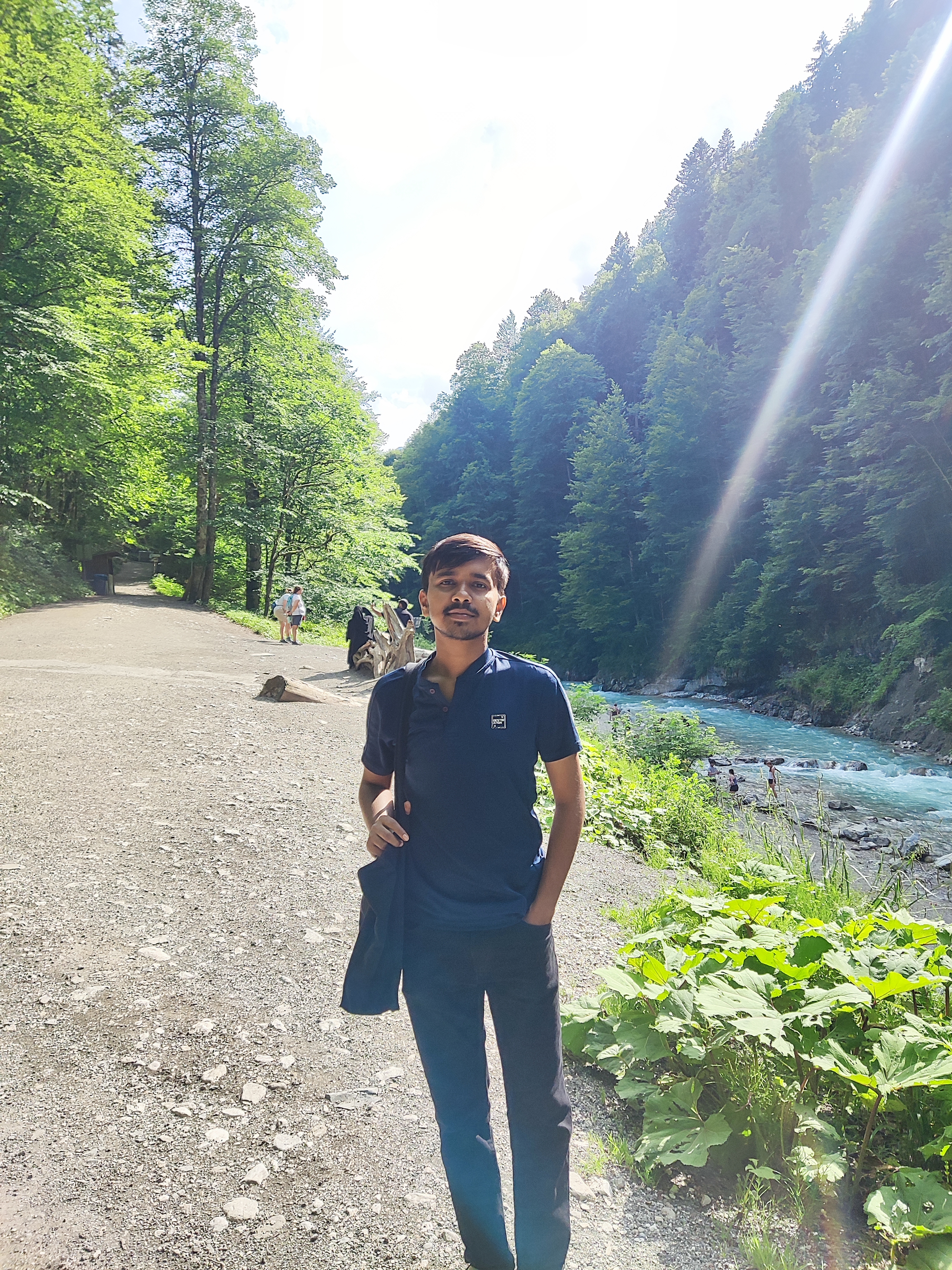I am a Data Scientist / AI Engineer currently working at Exl Service . I work in the Information Photonics Lab, IIT (BHU) Varanasi under the supervision of Dr. Rakesh K Singh . Additionally, I'm engaged in remote research, collaborating with Dr. Vasudevan Lakshminarayanan on deep learning-assisted visible light pupilometry . My research interests primarily revolve around optical and computational imaging with a strong focus on leveraging deep learning techniques, microscopy, digital holography, and imaging through scattering mediums.
From '21, I have been working on a remote research project on deep learning based phase unwrapping of under-sampled interferograms in Diffraction Phase Microscopy (DPM) under guidance of Dr. Peter So and Dr. Dushan Wadduwage . I completed my undergraduate studies (intregrated dual degree, B.Tech. + M.Tech.) in Mining Engineering at Indian Institute of Technology (BHU) Varanasi .
If you'd like to collaborate or have any questions about my research, please don't hesitate to send me an email !

|
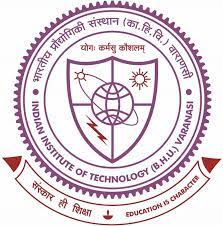
|
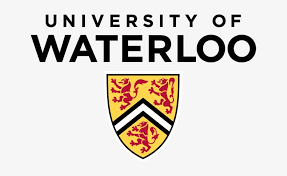
|

|
||||
|
Data Scientist / AI Engineer, Digital Analytics EXL Service Jul '22 - Present |
Integrated dual degree (B.Tech. + M.Tech.), Mining Engineering Indian Institute of Technology (BHU) Varanasi (IIT BHU) Jul '17 - May '22 |
Remote Research Intern U. of Waterloo May '20 - Present |
Remote Research Intern MIT May '21 - Present |
News
| Sep '21 | Our paper on Twin image removal with deep learning for multi-wavelength digital in- line holography got accepted for presentation at Frontiers in Optics and Photonics 2021, IIT Delhi |
| Oct '21 | Our paper on Direct Estimation of Pupil Parameters Using Deep Learning got accepted for presentation at SPIE Photonics West 2022 |
| Jan '22 | Our paper on Structured transmittance illumination coherence holography got accepted for publication at Scientific Reports |
Research
My primary areas of research interest include optical imaging, and deep learning. I explore their applications in imaging through scattering mediums, microscopy, digital holography, quantitative phase imaging, and visible light pupillometry. Additionally, I have a keen curiosity for studying domains outside my primary field, including extended depth of field imaging and super-resolution imaging, etc.
Holography
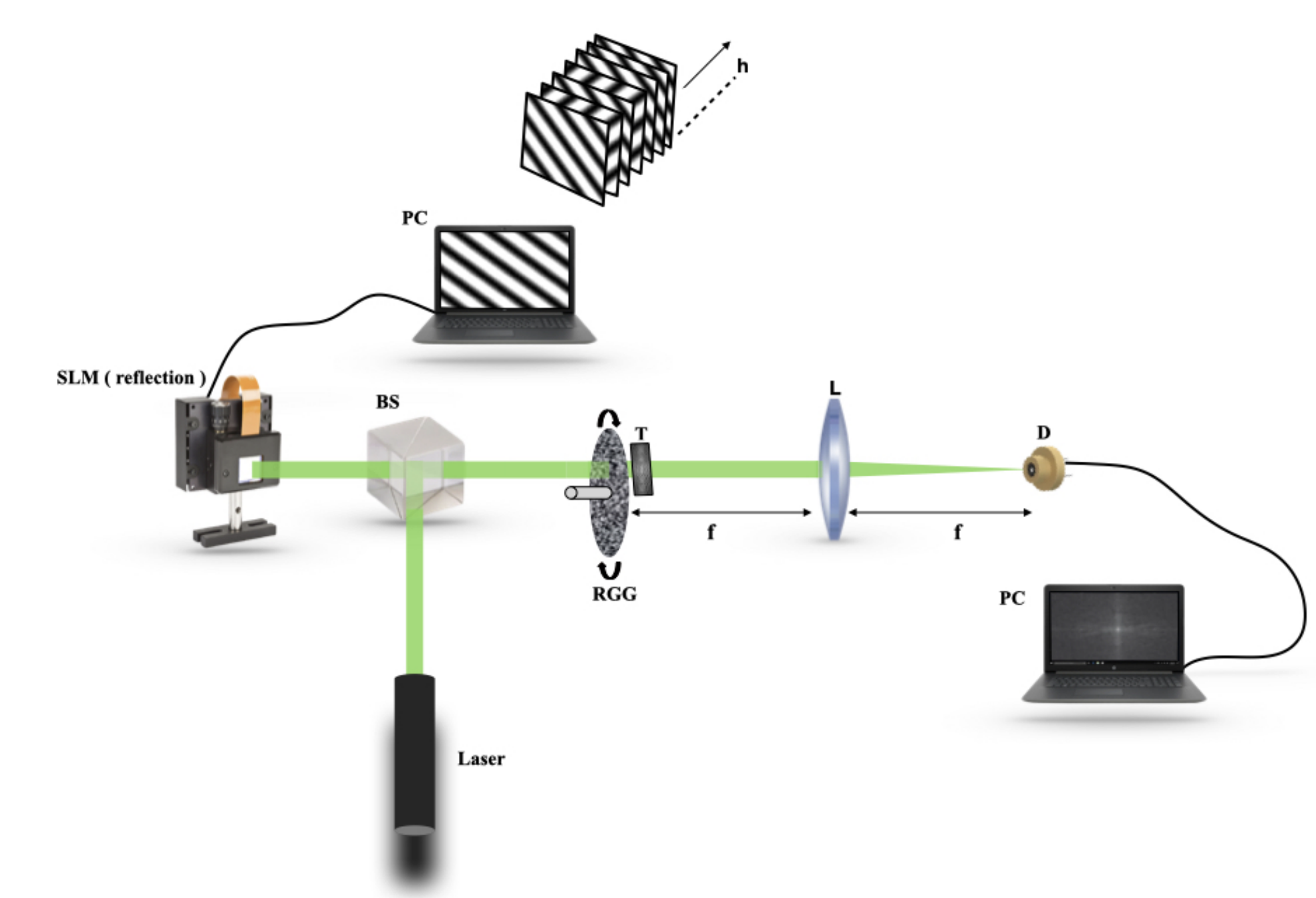
Structured transmittance illumination coherence holography
Aditya Chandra Mandal, Tushar Sarkar, Zeev Zalevsky, Rakesh Kumar SinghScientific Reports

Correlation Holography with A Single-Pixel Detector: A Review
Tushar Sarkar, Aditya Chandra Mandal, Ziyang Chen, jixiong pu, Rakesh kumar SinghProgress in Laser and Optoelectronics Journal 2021
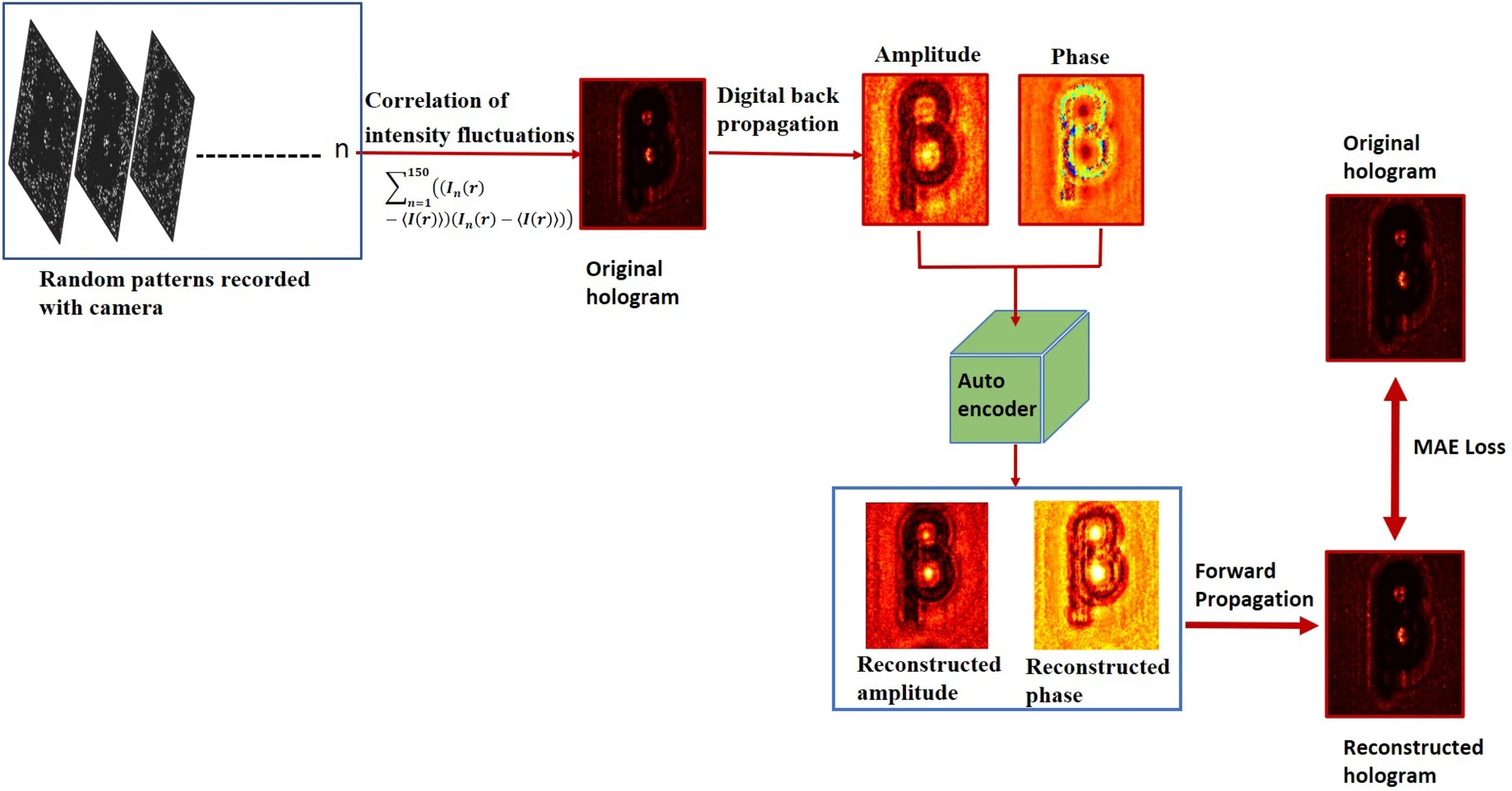
Randomness assisted in-line holography with deep learning
Manisha, Aditya Chandra Mandal, Mohit Rathor, Zeev Zalevsky, Rakesh kumar SinghScientific Reports
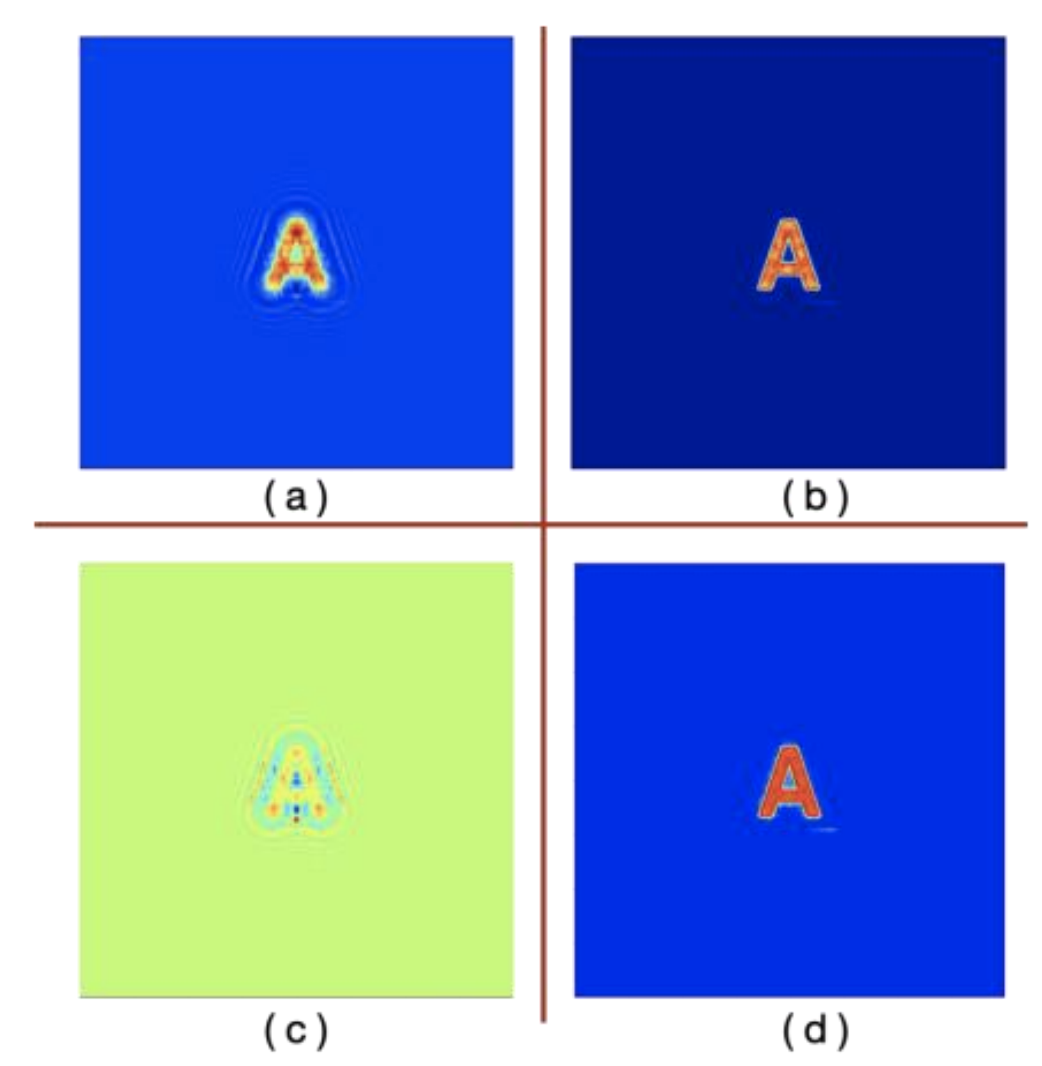
Twin image removal with deep learning for multi-wavelength digital inline holography
Aditya Chandra Mandal, Abhijeet Phatak Manisha, Rakesh kumar SinghFrontiers in Optics and Photonics 2021, IIT Delhi
Imaging Through Scattering Medium
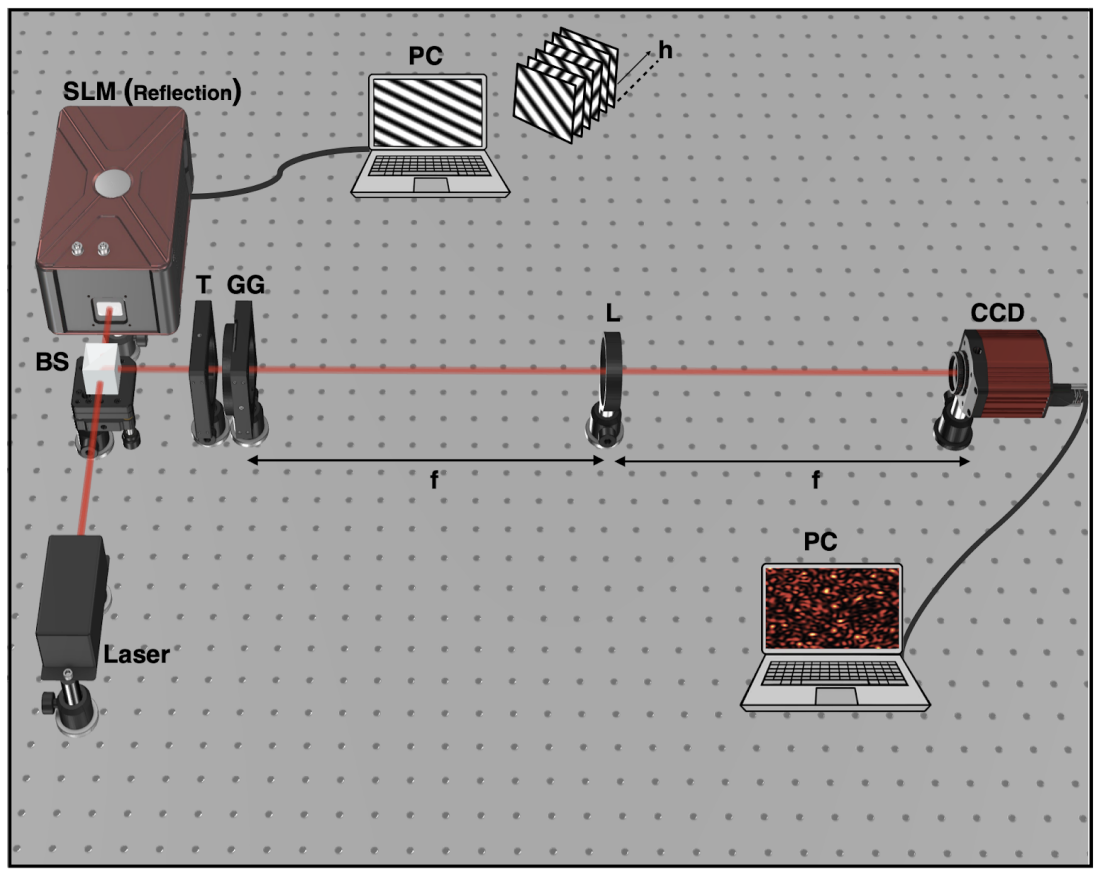
Reconstructing complex field through opaque scattering layer with structured light illumination
Aditya Chandra Mandal, Manisha, Abhijeet Phatak, Zeev Zalevsky, Rakesh kumar SingharXiv preprint 2023
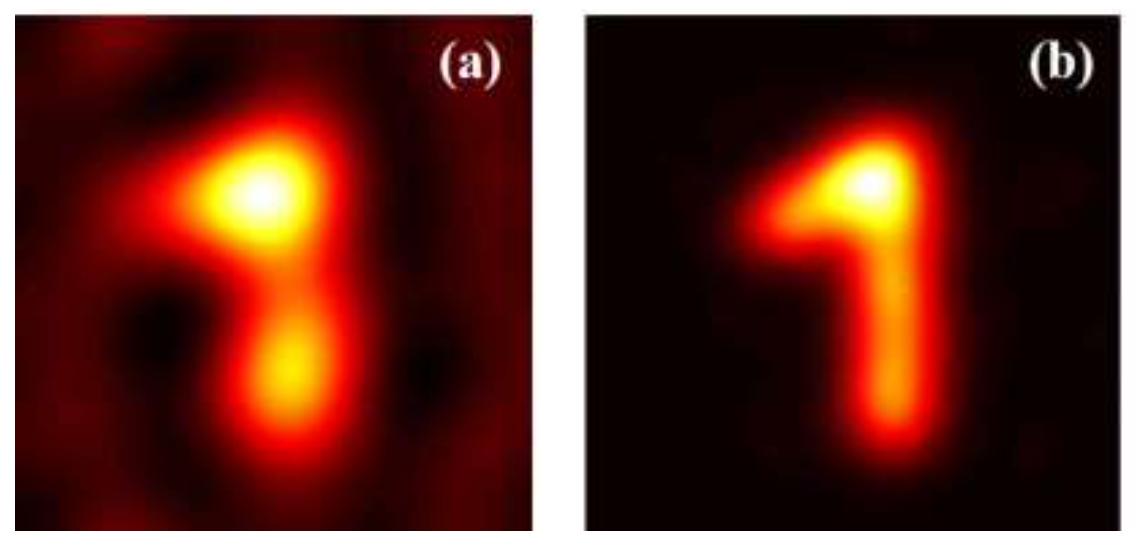
Second-order correlation of randomness for enhanced quality imaging
Manisha Aditya Chandra Mandal, Rakesh kumar SinghSPIE Biomedical Imaging and Sensing Conference 2023, Yokohama, Japan
Optical Coherence Tomography
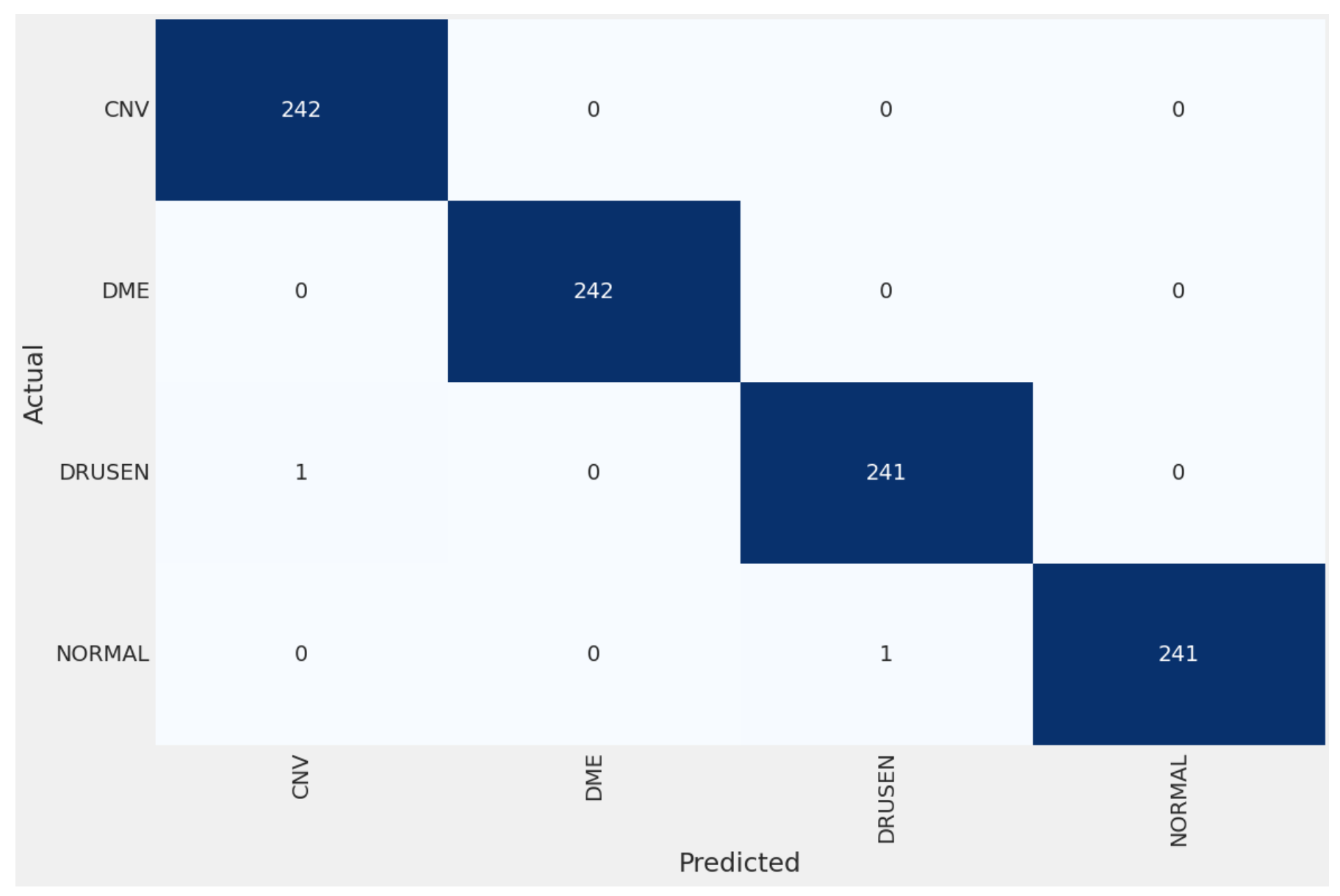
Optimizing Deep Learning Based Retinal Diseases Classification On Optical Coherence Tomography Scans
Aditya Chandra Mandal, Abhijeet PhatakEuropean Conferences on Biomedical Optics, 2023, Munich, Germany
Visible Light Pupillometry
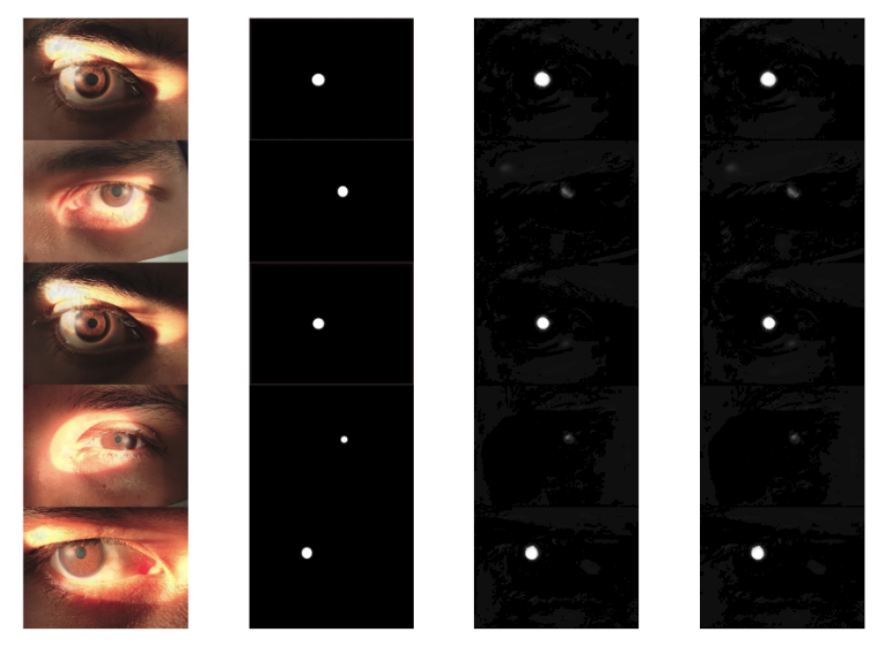
A deep-learning approach to pupillometry
Aditya Chandra Mandal*, Abhijeet Phatak*, J Jothi Balaji, Vasudevan lakshminarayananApplications of Machine Learning 2021, SPIE
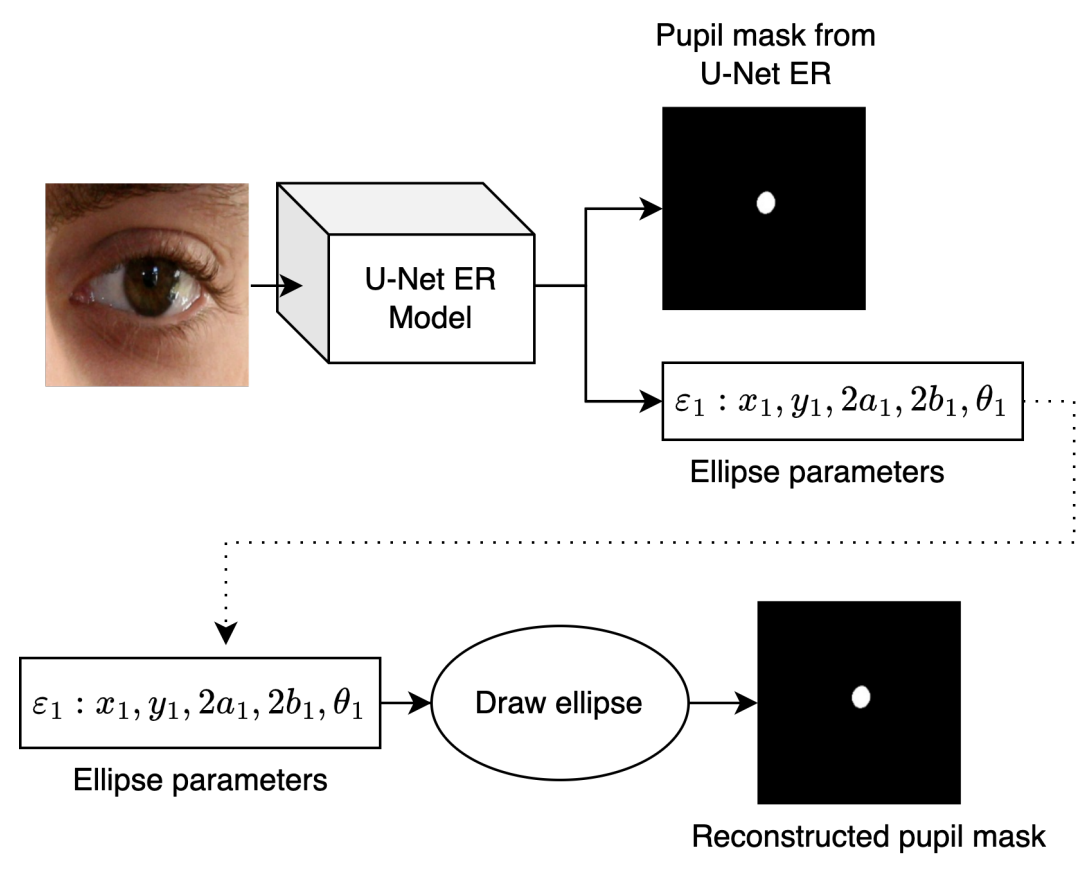
Direct Estimation of Pupil Parameters Using Deep Learning for Visible Light Pupillometry
Abhijeet Phatak* Aditya Chandra Mandal*, J Jothi Balaji, Vasudevan lakshminarayananarXiv preprint 2023
Grants
Ministry of Coal (India) Student Project Grants
| Project[ Code: MT-174, Sl No. 11 ]: " Design And Development Of Drone Mounted Optical Sensor For Estimation Of PM 2.5 and PM 10 In The Railway Siding Before, During And After Loading Operation " |
